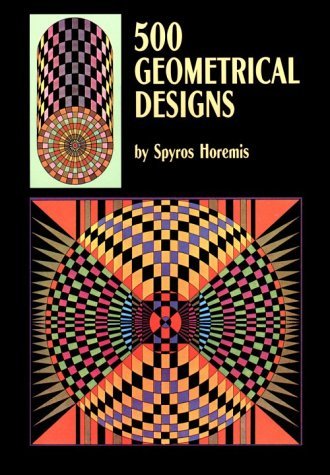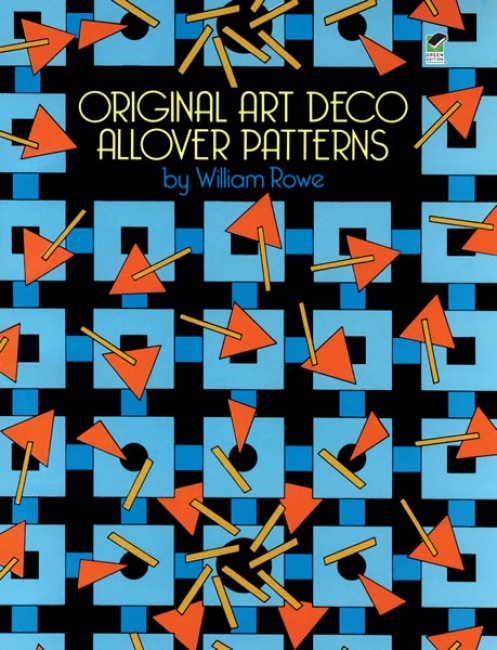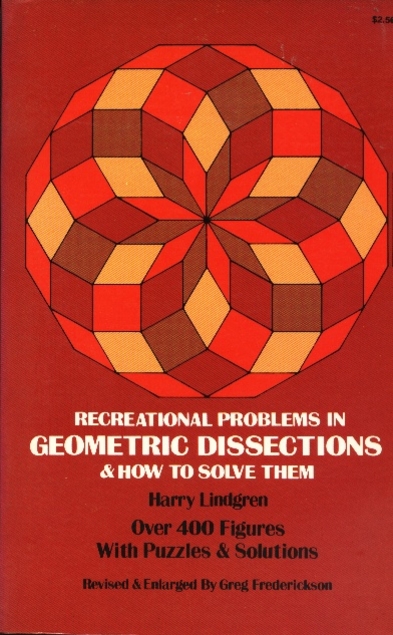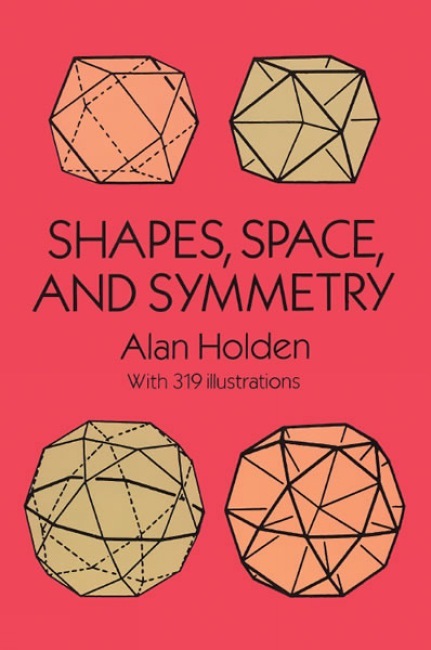Resources by Dover Publications Inc
Displaying 31 - 40 of 45
Sam Loyd (1841 - 1911) was an originator of mathematical puzzles. This book contains 166 of Loyd's original creations, together with the 150 line drawings and diagrams with which they were originally illustrated.

Over a period of 25 years as author of the Mathematical Games column for Scientific American, Martin Gardner devoted a column every six months...
1140 anecdotes, aphorisms and passages by famous mathematicians, scientists and writers.

A French graphic artist offers a collection of drawings using circles, squares, curves, lines, and angles to challenge the reliability of visual perception.

This unique guidebook offers 59 fascinating, royalty-free graphics for immediate use. Full-page designs plus variants on opposite page are accompanied by visual suggestions on how to adapt, develop and vary patterns...
The secrets of geometric and op art are not twentieth-century discoveries. Centuries ago, creators of patchwork quilts knew how to tease and dazzle the eye with lines that interweave and shapes that emerge and recede as you gaze. This book is both an exciting design-discovery colouring book and a limitless source...

Geometric dissections are puzzles based on the art of cutting up one geometric figures into pieces ...
Superb presentation of the molecular and macroscopic properties of soap films and bubbles, including many demonstrations that can be readily performed with simple household materials. Emphasis on application of soap films to solution of physical problems,
Superb presentation of the molecular and macroscopic properties of soap films and bubbles, including many demonstrations that can be readily performed with simple household materials. Emphasis on application of soap films to solution of physical problems, e.g. the motorway and minimum area problems. Over 120 black-...

This book explains the structure of the nine regular solids, including the tetrahedron, cube, octahedron, dodecahedron, and icosahedron, plus many semiregular solids. It demonstrates how they can be used to explain...
